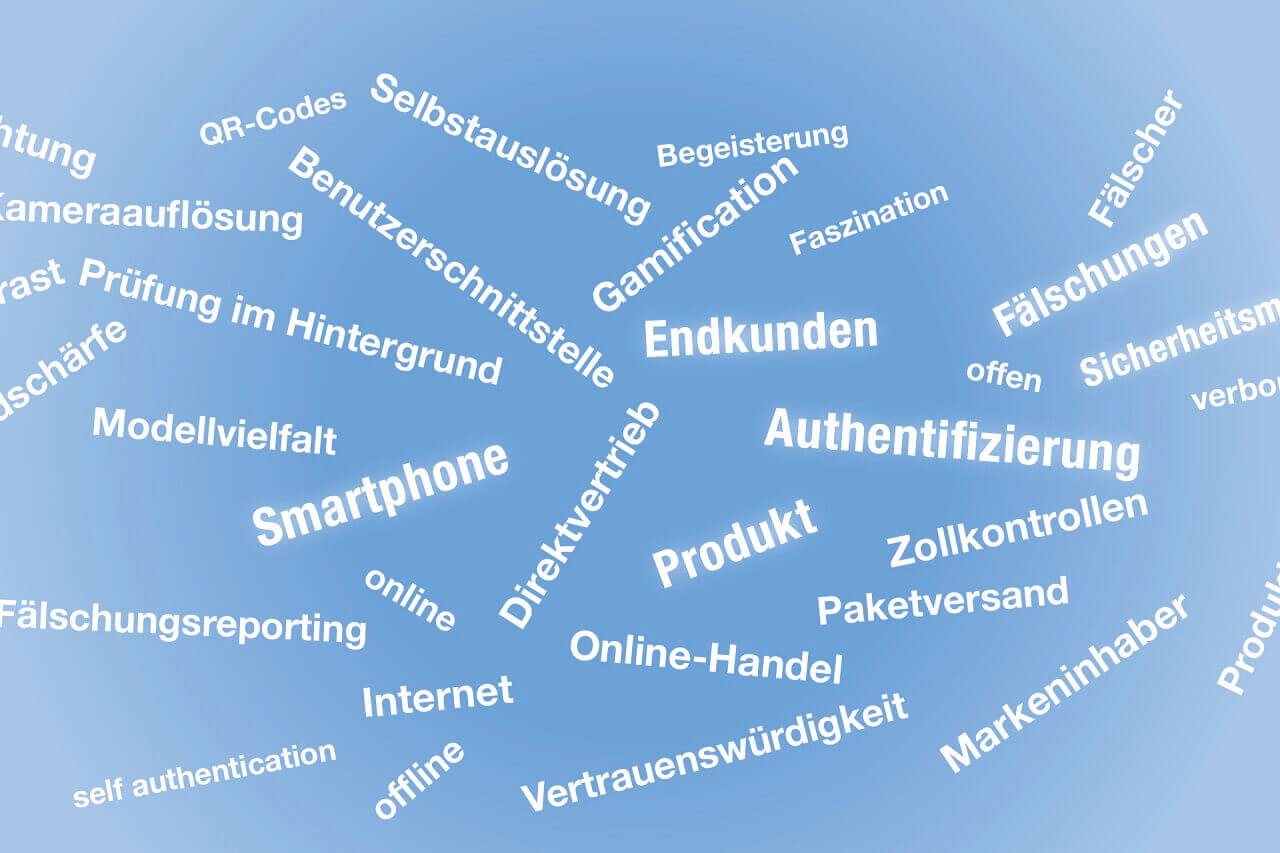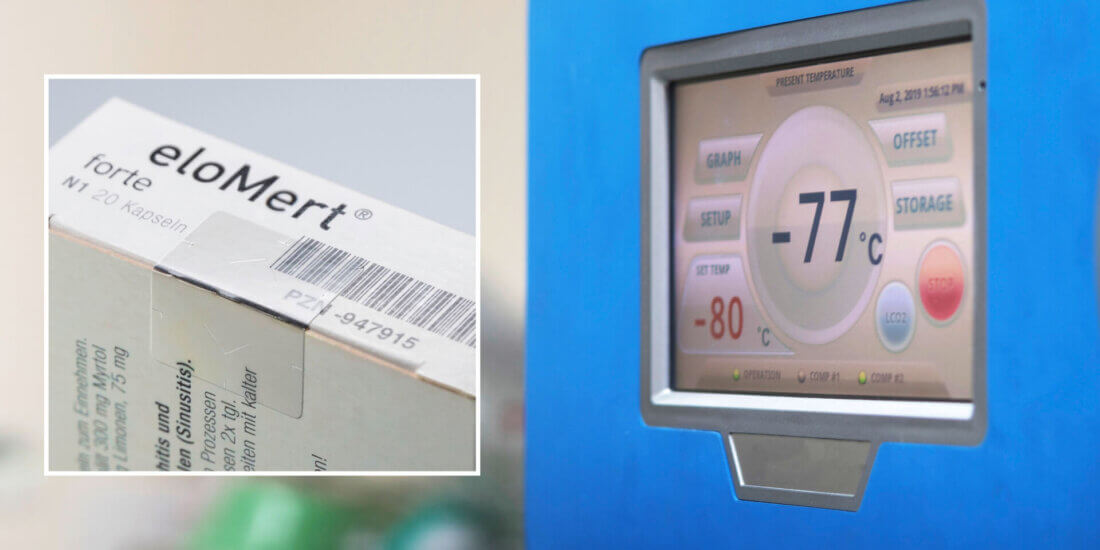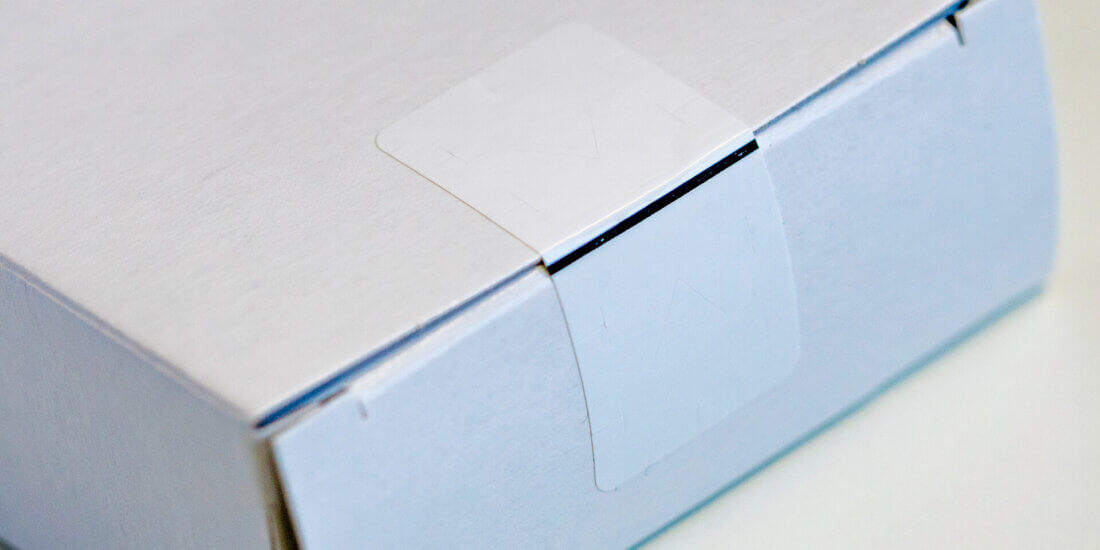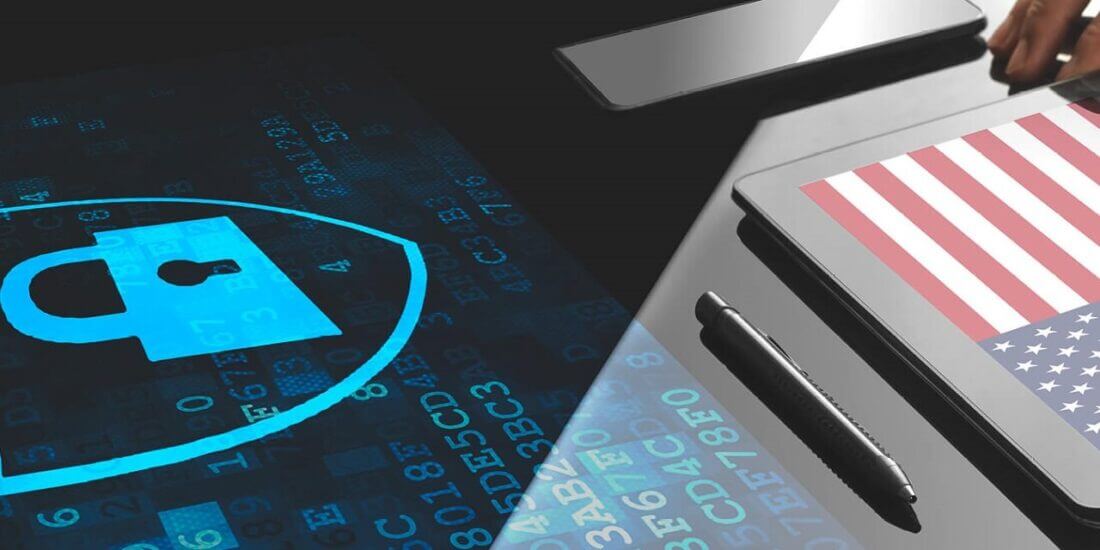Smart Authentication
SCHREINER PROSECURE
Smart Authentication
Not least due to the continuing increase of online retail, trade in counterfeit merchandise keeps growing as well. In worstcase scenarios, faked products pose a risk to consumer health and safety. Since today almost everyone has a smartphone with them at all times the idea of using these mobile devices also for authenticating a purchased product suggests itself. Schreiner ProSecure has evaluated the opportunities as well as the challenges this prospect entails. The results are discussed in a white paper titled “Smartphone-Based Product Authentication.”
Using smartphones to check security features provides numerous benefits. The authenticity of a product can be verified by anyone at any time within the supply chain. Security features that are invisible with the naked eye can be read in this way as well. Plus, authentication of a product is a prerequisite for reliable entry into the digital world. Only initial, smartphone-based confirmation of a product’s authenticity can ensure that all other digitally accessible data and services for this product are actually valid too.
However, the challenges this entails should not be underrated: The wide variety of smartphone models and diverse characteristics of their cameras make high demands on the development of a suitable security feature that can be verified by using a mobile device. For one, it must be tamper-resistant and for the other, even the best fakes must always be reliably distinguishable from the originals under a wide variety of picture-taking conditions using different camera phones.
Looking at security technologies in isolation is an inadequate approach to product authentication by means of mobile devices because dealing with the issue of fakes requires a holistic view, which Schreiner ProSecure ensures. In its new white paper titled “Smartphone-Based Product Authentication,” the competence center describes the relevant elements that should be observed.









